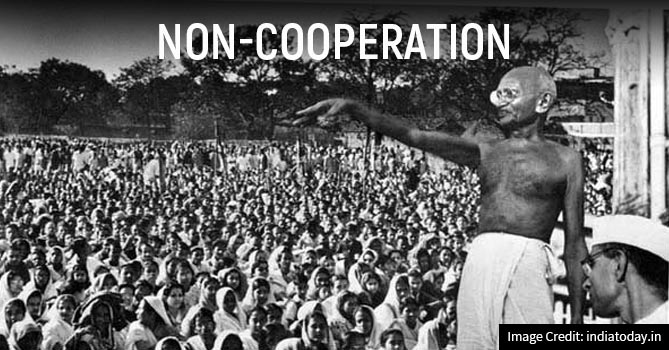Mahatma Gandhi’s journey to activism was not immediate—it was shaped by experiences, challenges, and deep introspection. Before he became the leader of India’s independence movement, he was a young lawyer searching for purpose. His transformation into a global icon of nonviolent resistance was a gradual process, fueled by injustices he witnessed and endured.

South Africa: The Turning Point
In 1893, while working as a lawyer in South Africa, Gandhi experienced an incident that changed his life: He was forcibly removed from a train in Pietermaritzburg for refusing to vacate a first-class seat despite holding a valid ticket. This blatant act of racial discrimination stirred his sense of justice, prompting him to question the deep-rooted oppression faced by Indians and other marginalized communities.
Over the next 21 years in South Africa, Gandhi led various protests against unjust laws. He organized the Natal Indian Congress to fight for the rights of Indian immigrants and pioneered Satyagraha—a philosophy of peaceful resistance and civil disobedience. His first major campaign, opposing the discriminatory pass laws for Indians, laid the foundation for his future approach to activism.
Return to India: The Birth of a Freedom Leader
Gandhi returned to India in 1915, determined to apply the principles of Satyagraha to his homeland’s struggle against British colonial rule. His early activism in India began with supporting peasant movements like the Champaran and Kheda agitations, where farmers were exploited by British landlords. These grassroots movements strengthened his resolve and deepened his connection with the masses.
